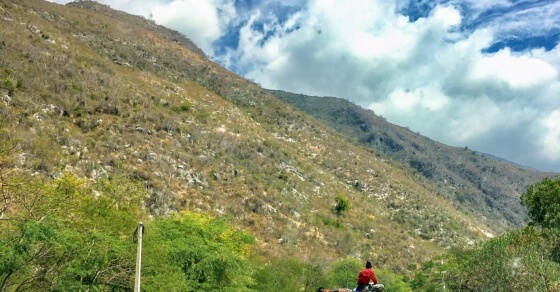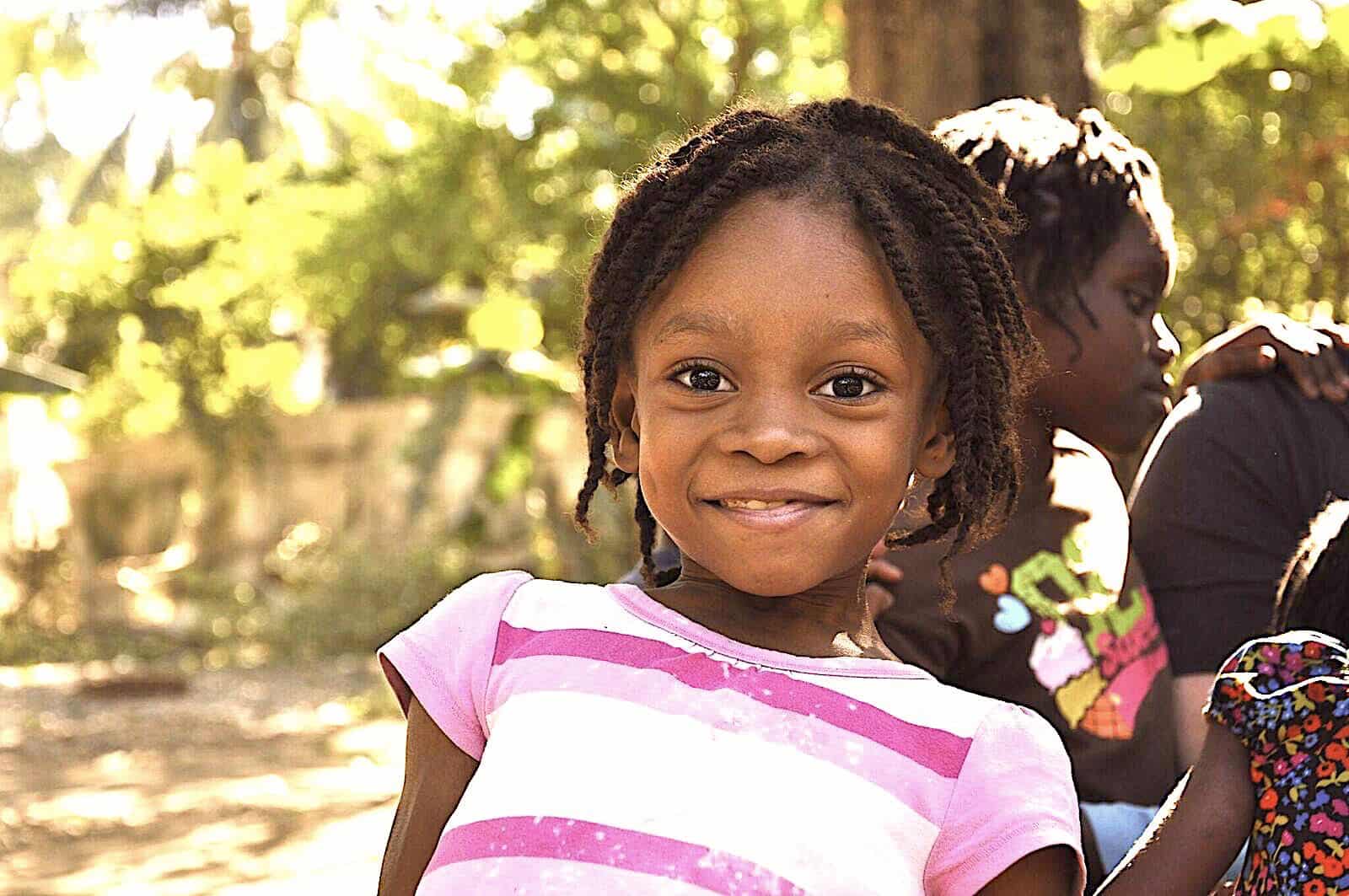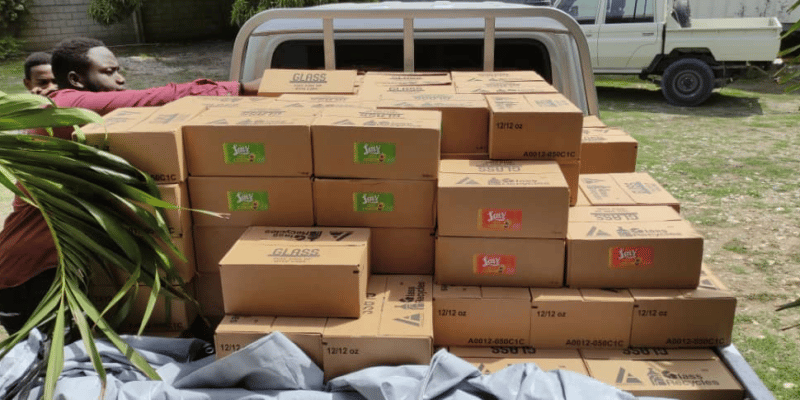About Haiti
Where is Haiti ?
Haiti is our neighbor. Just 700 miles to the south and a 90-minute flight from Miami. Close to the United States, yet remains the poorest country in the Western Hemisphere.
The country is geographically about the size of the state of Maryland.
Once know as “The Pearl of the Antilles,” Haiti shares the island of Hispaniola with the Dominican Republic.



How does KORE help?
Our goal will always be to go “Beyond Relief” focusing on treating the underlying cause of the problem, not just the symptoms. Drawing upon the best thinking in business, education, and non-profit worlds, we continue to develop strategies that maximize impact.
We work with families to improve their agriculture practices for better production so they can feed their families and produce a surplus to generate income. When you partner with KORE, you are connecting with real people in Haiti. Your generosity directly impacts children and adults stuck in severe poverty. Through your support, we can supply animal protein to malnourished children and help farmers develop their own business.
It’s a win/win – meeting immediate needs and investing in a sustainable future, all while sharing the Gospel’s message of hope and love.
The Facts:
- Haiti (Ayiti) means "Land of Mountains."
- The island's indigenous people were the Taino Indians.
- The Caribbean climate ranges from lows in the 70's to highs in the 90's. The rainy seasons are typically April - June and October - November.
- The official languages are French and Haitian Creole with the vast majority of Haitians speaking Creole.
- The current population is 10 million people composed of 95% descendants of former African slaves brought by the French to farm sugarcane.
- The capital is Port au Prince with a population around 3 million.
- The literacy rate is about 52% with less than 30% of students reaching 6th grade. (Schools for Haiti facts)
- 59% of Haitians live on less than $2 per day (World Bank 2012)
- 29% live in extreme, abject poverty (World Food Programme)
- There are over 400,000 children living without parents in Haiti with an estimated 300,000 children living as domestic servants, called Restaveks. (End Slavery Now)
- 1 out of 5 children in Haiti will die before the age of six.
- 2/3 of Haitian children are malnourished.
- Haiti is 54% Catholic, 28% Protestant. Also, many Haitians hold Voodoo beliefs and practices.
All About Haiti
1492
Columbus claimed Hispaniola for Spain
1625
French imported slaves to work in sugarcane plantations
1804
Haiti became an independent state after a slave revolt
1824
More than 6,000 African Americans migrated to Haiti
2004
Tropical Storm Jeanne
2008
Tropical Storm Fay, Hurricane Gustav, Hanna, & Ike increased food crisis and political chaos
2010
Massive 9.0 earthquake, at least 316,000 dead, 300,000 injured, and 1 million made homeless
2016
Hurricane Matthew hits Haiti as a category 4
2021
President Jovenel Moïse was assassinated; an earthquake causes widespread damage



